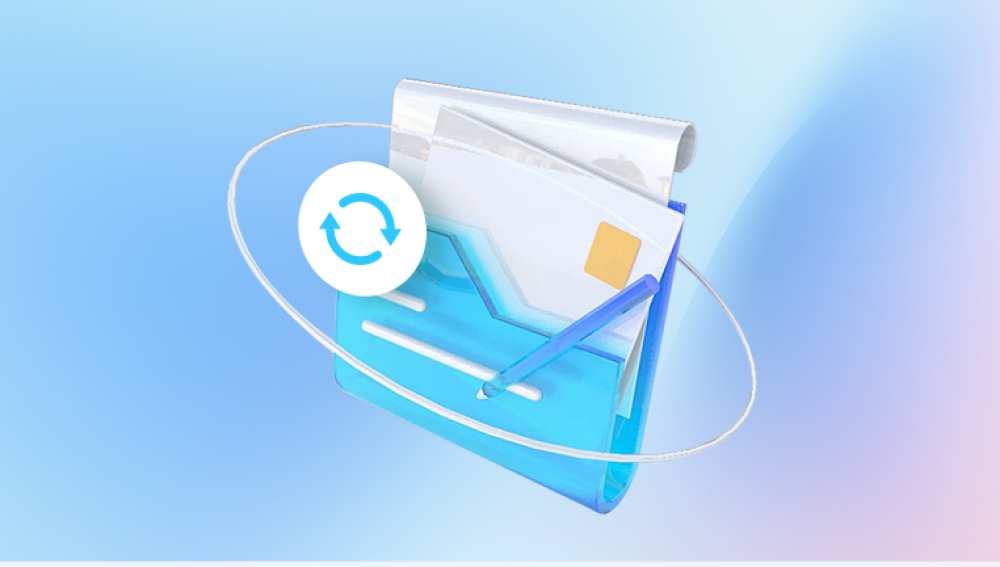WE7Academy, known for its innovative approach to learning and collaboration, often incorporates tools like Microsoft Word into its platform to enhance content creation and submission workflows. But what happens when a Word document you were working on suddenly disappears due to a crash, accidental closure, or power outage? The sense of frustration and panic is undeniable. Fortunately, recovering an unsaved Word document is often possible and this guide will walk you through every method available, tailored to the WE7Academy environment.
WE7Academy Environment
Before diving into recovery methods, it helps to understand how WE7Academy operates. WE7Academy integrates third-party productivity tools, including Microsoft Office 365 and cloud storage platforms like OneDrive and SharePoint. This means that most documents you create or edit within WE7Academy are either synced to your account’s cloud storage or linked to your device’s local storage, depending on how the document was opened.

Common Scenarios Leading to Lost Word Documents
Here are a few scenarios that users commonly experience on WE7Academy:
You closed a Word document without saving it.
Microsoft Word or your browser crashed unexpectedly.
The document editor froze and was force-closed.
You lost internet connection while editing a cloud-synced file.
The computer restarted during an update while editing.
In all these cases, Word typically has built-in mechanisms to help recover the file. Additionally, WE7Academy’s platform integration may offer version history or cached backups.
Method 1: Recover from Word’s AutoRecover Feature
Microsoft Word comes with a powerful AutoRecover feature that periodically saves your work in the background, even if you forget to hit “Save.”
Steps to Use AutoRecover:
Reopen Microsoft Word: If Word crashed or was closed unexpectedly, reopening it will often show a Document Recovery pane on the left side.
Look for the Unsaved File: The pane will display a list of documents that Word was able to recover. Look for the one with the appropriate timestamp and click on it.
Save Immediately: Once the file opens, save it with a new name to a secure location.
What If the Recovery Pane Doesn’t Show?
If the recovery pane does not appear:
Go to File > Info > Manage Document.
Click Recover Unsaved Documents.
Browse the list and select the one that matches your missing file.
Note: AutoRecover files are usually stored in a temporary folder on your device. In rare cases, the file may not show if it was never opened or edited.
Method 2: Recover from OneDrive (if Integrated with WE7Academy)
If you’re using WE7Academy with an Office 365 account or through Microsoft Teams integration, your documents may be automatically saved to OneDrive.
Steps to Recover from OneDrive:
Go to the OneDrive website and sign in with the same account used for WE7Academy.
Click on the Recent tab or navigate to the Documents folder.
If you find the file, click to open it. You can also click Version History to access previous versions.
If your file isn’t there, check the Recycle Bin in OneDrive—deleted or unsaved versions may reside there temporarily.
This method is especially useful when documents were edited directly within the WE7Academy platform using Office Online.
Method 3: Recover Using Temporary Files on Your PC
If you were working on a Word document outside the browser or via an offline connection, temporary files might hold the key to recovery.
How to Find Temporary Files:
Press Windows + R to open the Run dialog box.
Type %temp% and press Enter.
Look for files that begin with ~WRL or have a .tmp or .asd extension.
If you find a likely candidate, right-click and open it with Word.
Save the document immediately under a new name.
This method works best when AutoRecover is enabled, but Word failed to launch the recovery pane.
Method 4: Check the Recent Files Section in Word
Sometimes, the file you’re trying to recover is still listed in Word’s Recent Documents section.
Steps to Check:
Open Microsoft Word.
Click on File > Open > Recent.
Scroll through the list for a file that matches your unsaved work.
If visible, click it and immediately save it.
Word retains a cached version of recently opened files, which may still be accessible after a crash or accidental closure.
Method 5: Recover from SharePoint (if your institution uses it)
WE7Academy sometimes integrates with SharePoint for document management.
Steps for SharePoint Recovery:
Navigate to your SharePoint site linked to WE7Academy.
Browse to the relevant document library.
If you see the document, click the three-dot menu next to the file name.
Choose Version History to restore a previous draft.
Even if you did not manually save the file, SharePoint may have auto-saved a draft if your Word document was opened via its web interface.
Method 6: Look in WE7Academy’s Assignment or Submission Portal
If you were working on a document intended for submission, WE7Academy’s submission portal may retain your work.
How to Check:
Log into WE7Academy.
Go to the course and navigate to the assignment or submission page.
Click View Submission History or Upload Status (depending on the interface).
If the file was previously uploaded or cached, it may be recoverable from this section.
Instructors and administrators can sometimes retrieve earlier drafts from their backend if the system logs or auto-saves drafts before final submission.
Method 7: Enable and Use AutoSave in Microsoft Word
For future protection, using Word’s AutoSave feature ensures your changes are saved in real-time to OneDrive or SharePoint.
How to Enable AutoSave:
Open Word and sign in with your Office 365 account.
At the top-left of the Word window, toggle AutoSave to "On."
Ensure the file is stored in OneDrive or SharePoint.
When AutoSave is active, you’re less likely to lose work due to unexpected shutdowns or interruptions.
Method 8: Use the Document Inspector or Recovery Tools
If none of the previous methods work, using built-in Word tools can help.
Document Inspector:
Open Word and go to File > Info > Check for Issues > Inspect Document.
This can reveal hidden content or track changes not visible during editing.
Recovery Tools:
Several professional data recovery software solutions, such as Recuva, EaseUS Data Recovery, or Disk Drill, can scan your hard drive for lost Word files. If your work was never saved but temporarily existed in memory, these tools can sometimes retrieve fragments.
Note: Use recovery software only if you are certain the document was saved to disk at least once.
Best Practices for Avoiding Future Loss
Now that you’ve explored various recovery methods, it’s crucial to implement best practices to prevent future data loss:
Always Save First: The first thing to do after opening Word is to save your file with a proper name.
Enable AutoSave and AutoRecover: Set AutoRecover to 1-minute intervals via File > Options > Save.
Use Cloud Storage: Save your files to OneDrive or SharePoint to benefit from automatic version control and cloud backups.
Keep Software Updated: Use the latest version of Word and your operating system to minimize crashes.
Create Local and Cloud Backups: Duplicate your work at regular intervals to both local drives and cloud services.
Additional Tips for WE7Academy Users
Because WE7Academy often incorporates browser-based tools:
Use a Stable Browser: Always work in a browser like Chrome or Edge for better compatibility with Office tools.
Avoid Working Offline: Ensure internet connectivity when editing documents via WE7Academy.
Contact Support Promptly: If you lose a file, contact WE7Academy’s IT or course instructor immediately—they may have system-level backups.
Submit Early: Uploading drafts in advance ensures your work is on record even if the final version is lost.
Troubleshooting Document Recovery Problems
If you’ve tried all recovery options and still can’t find the document, consider these troubleshooting steps:
Search Your Device: Use your system’s search tool to look for recent .docx or .asd files.
Reboot and Retry: Restarting your device might help Word display the Document Recovery pane.
Open Word in Safe Mode: Run Word in safe mode (winword /safe) to eliminate plugin-related crashes.
Check Event Viewer: On Windows, Event Viewer may show crash logs for Word that hint at file paths or saved locations.
Recover Earlier System State: Windows’ Restore Points may include earlier system snapshots, potentially containing your file.
Final Thoughts
Losing a Word document can feel catastrophic, especially when under a tight deadline or working on a major assignment. However, thanks to the robust recovery mechanisms provided by Word, OneDrive, SharePoint, and WE7Academy’s integration, recovering your work is often possible with the right steps.




